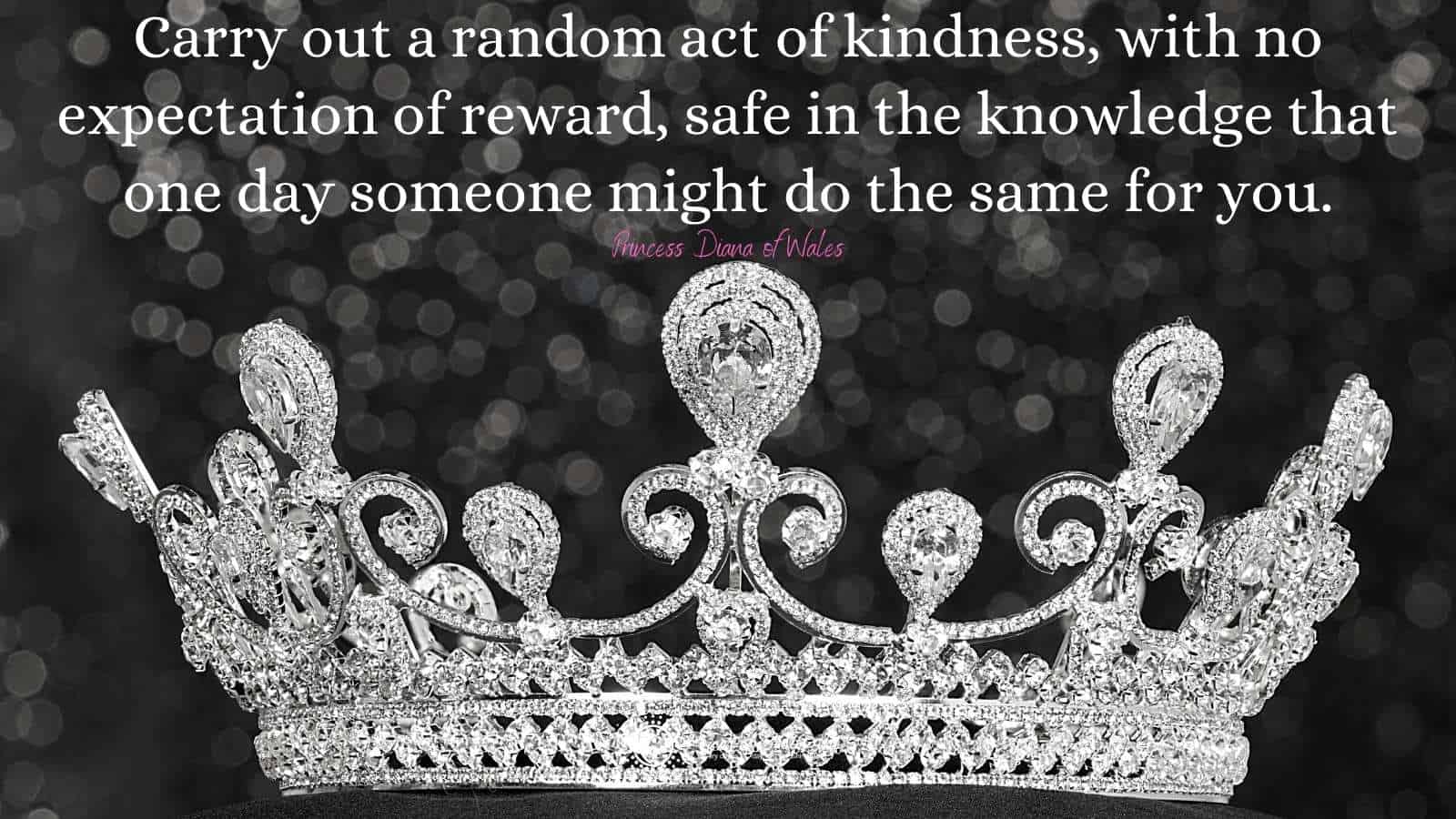Whether it’s an ant bite, a bee sting, or a welt from a mosquito, it’s virtually impossible to escape the summer without bug bites. Even as you try your best with bug sprays and mosquito repellent, oftentimes, there’s no escaping the wrath of these bugs.
Heal Bug Bites
While repellents do their best to keep bugs away, there are always a few insects that fall through the cracks. While it’s aggravating to deal with a big bite, you don’t have to sit in itchy silence while you wait for it to disappear. By using a few holistic remedies, you will be able to rid yourself of these annoying bites once and for all. Read on for a complete guide to heal your skin from various insect bites.
General Informations to Treat All Bug Bites
Each insect’s bite would have a different effect on your body, but there are a few standard ways to treat bug bites, regardless of what insect bit you. The following tips are general steps to take for any insect bite.
1. Cool the Area
Reduce any pain or swelling on our skin by applying a cold pack of ice to the affected area as soon as possible. Doing this is the first and most impactful step in reducing the itchiness that you may feel for the next few days. The ice will work to cool the skin and limit your body’s reaction to this insect’s bite.
2. Draw an Oatmeal Bath
An oatmeal bath that is lukewarm will help to relieve the itchy skin. The sugars and fats in oats help to lubricate the itching and affected skin triggered by the insect bite. Additionally, keeping the temperature on the lukewarm side will help to keep your skin from drying out any further, successfully saving your skin from any annoying itchiness.
3. Avoid Scratching
While it may seem that your insect bites are overwhelmingly itchy, avoiding scratching them is treatment itself. Though it can be tempting to want to scratch, it’s too easy to break your skin, which can lead to infection. If you must scratch, experts, recommend rubbing these itchy areas using the palms of your hands.
Wondering how to determine if your bug bite has been infected If you see any pus, swelling, redness, or feel pain around the affected area, you’re likely infected. An infected bug bite requires medical treatment and likely a course of antibiotics.
4. Use an Antihistamine
If you find that you can’t stand the swelling and itchiness, try raiding your medicine cabinet for some antihistamines. Medicine like Benadryl can be taken to help relieve these annoying symptoms. If this is your first time taking this medication, be sure you consult with your doctor beforehand.
5. Try Some Cream
Creams like hydrocortisone, baking soda paste, and calamine lotion have proven to be effective in treating the itchiness from bug bites.
6. Use Natural Treatments
While you can use creams and the like to get your skin back to normal, there are also all-natural treatments you can use to heal your skin.
Consider using witch hazel, onions, aloe vera, essential oils, and similar alternative holistic methods to ease any discomfort caused by insect bites.
Common Bug Bites and How to Treat Them
Mosquitoes
Mosquitoes are the summer’s most hated insects.
These bloodsucking creatures gravitate towards the water and thrive in damp conditions. These annoying insects bite their victims, injecting their saliva into the skin, leaving itchy red welts behind.
These welts are a result of the allergic reaction many people experience after they are exposed to mosquito saliva.
While it seems like mosquitoes can’t get enough of biting human skin, the truth is that over time, many people do become immune to the bites, though others can experience a more intense allergic reaction after being bitten.
One of the best ways to treat these kinds of bug bites is to do so before getting bitten. If you plan to be outside for long periods of time, go ahead and take an antihistamine before making the trip outside. Taking medication like Claritin will help to reduce the severity of any reaction you experience after being bitten by mosquitoes
As you try to treat these mosquito reactions, be on the lookout for more serious symptoms like the flu-like type that are indicative of the West Nile Virus. These symptoms seem mild but can result in encephalitis (the inflammation of your brain).
Bees and Wasps
After a honey bee stings its victims, the stinger will come out into the skin.
If you’ve been stung by a bee, avoid pulling the stinger out with your fingernails or tweezers as this will squeeze poison into your wound. To get the stinger out, use a fingernail or credit card over the area and scrape out the stinger.
With wasps, you run the risk of being stung more than one time. If you have a mild reaction to a wasp sting, you’ll lightly experience pale bumps that have a red dot at the center.
Experts say that all signs and bites trigger an inflammatory response in the body, so it’s important to always wash the affected area with warm water and soap, then use ice and ibuprofen as a follow-up treatment.
While most people only have mild reactions to stings and bites, others have very strong reactions to them. In the case of a severe reaction, you’ll notice intense swelling and an extremely red sting site. These symptoms will worsen over the course of 48 hours. In individuals that are allergic to these stings, coming into contact with a wasp or bee can be deadly.
Want to determine if you’re allergic to bees or wasps? Ask a doctor to give you an allergy test to determine what a potential response to these stings may be.
Ticks
Tick bites are often few and far between, but bites from this insect can transmit the deadly Lyme disease.
Ticks live in long grass and wait for humans or animals to brush past them. At the first opportunity, these arachnids attach to the animal or human’s skin and start feeding on the blood.
Oftentimes, these ticks will stay on for several days until they drop off.
Though ticks are most active during the summer, they are also present in the winter.
Not sure how to recognize a tick bite? If you’re bitten by one of these creatures, you’ll see a red bump at the affected site. It likely won’t itch but will be red a few inches around your bite. Since ticks don’t leave marks, this can be easy to miss.
If you do see a tick on your skin, remove it (we use dish soap on a cotton ear bud, rotating the tick counter clockwise as close to your skin as possible. Then, the tick should come off with a clean motion. As you do this, the tick’s body may separate from its mouth, but if it does it will most likely fall out on its own.
Avoid trying to burn a tick off since this may cause it to inject its fluids into you.
Once the tick is removed. Place it into a sealed container to show a doctor later if you develop symptoms. This will help to determine if anything has been transferred to you or not.
Fire Ants
For many people, fire ant bites come as a surprise. Often difficult to detect until it’s too late, the fire ants tend to attack when provoked if their mounds have been disturbed. Though it’s usually an accident, these ants defend their mounds by biting aggressively.
When they hit in a swarm, these ants can make your skin feel like it’s on fire.
While it will be tempting to scratch the bites, scratching can easily lead to an open wound that will be highly susceptible to infection. Fight these blisters with treatments similar to how you should treat wasp and bee stings. Use ice on your affected skin for about 15 minutes. Make sure to elevate this area to help reduce the swelling.
To fight the fire ant itch, be sure to use something like hydrocortisone cream. This cream will help to reduce the itchiness and any pain you may be feeling. In addition to this cream, consider taking an antihistamine as well to control your body’s response to these bites.
If you notice any symptoms that may be indicative of an allergic reaction, be sure to contact a doctor as soon as possible.
Notes on Allergic Reactions
Not everyone will have the same reaction to being bitten by insects. Certain individuals are seriously allergic to insect venom. Around 3% of adults experience life-threatening allergic reactions to insect stings while 2-3% experience allergic reactions to ants.
The worst reactions to insect venom will result in anaphylactic shock, the symptoms of which are swelling in the throat and tongue, a racing pulse, hives, difficulty breathing, stomach cramps, nausea, and similar serious reactions. While you may not initially know if you are allergic, the minute you think you are experiencing anaphylactic shock, you’ll need to call 911 and/or use an EpiPen to get your body to return to normal.
Final Thoughts on Healing Bug Bites
As with anything in life, the more you know about bug bites, the better you will be able to protect yourself from them and treat yourself for them. Bug bites are unavoidable at times, but once armed with the right information, you’ll be able to give your skin the care it deserves
Armed with antihistamines, ice, and hydrocortisone cream, you’ll be able to nurse your swollen skin back to health in no time. Be sure to keep this guide in mind as you work to rid yourself of these aggravating itchiness and enjoy your summer.










